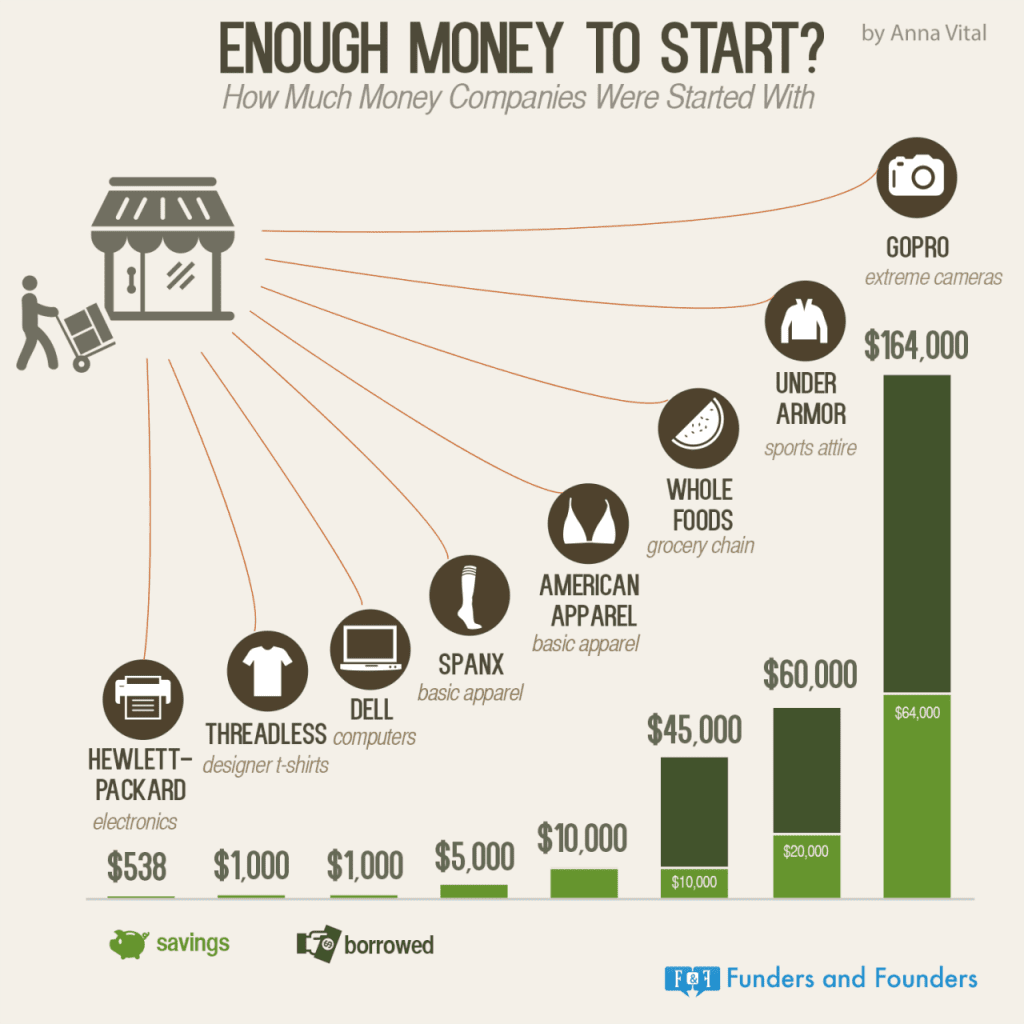One of the things startups struggle with the most is building a sustainable business model out of their idea. Getting that first funding is no easy task and sometimes you need to get creative in order to survive that first tough time period. That is where bootstrapping comes into the picture.
Bootstrapping is the act of starting a business on a limited budget without funding by keeping a close eye on your cash flow and finding shortcuts that help you find cheaper solutions.
It’s never easy to do this, but it is often necessary.
Here are 10 well-tried ways to bootstrap your startup
- Keep the team small. Maybe you’re not an expert on marketing, sales, finance, or product development, but hiring third-parties to take care of such things can be very expensive. See this challenge as an opportunity to learn and gain skills in a new field. The more you can do yourself, the fewer costs you will have.
- Use social media for marketing. In this day and age, there is no need to spend money on print advertising or commercials. A lot can be done by using the online platforms your target group is using anyway. Create an engaging and interactive way to
- Rethink your office space. Renting an office space is one of the last things you should do when founding your startup. Depending on where your team is located, you can either make use of creating an online workspace using Slack, Google Drive, Zoom, etc. or convert your living room into an office. Even cafés or libraries can be utilized as office locations.
- Offer shares instead of high salaries. If you need to hire, find people who believe in your idea and who are willing to work hard in return for shares instead of juicy salaries. That will create a strong team and motivate everyone to work hard for your common goal and the future reward.
- Don’t quit everything at once. Although it might be tempting to quit your day job once you have found a project you’re passionate about, it’s often the wiser choice to transition gradually. The startup life is stressful enough in itself, and also having to worry about fixed expenses is an unnecessary pain.
- Create a budget for everything you do. Costly surprises can mean the life or death of a startup. Know where the money is flowing and prioritize every last expensive minutely.
- Lead a thrifty life. To reduce costs, it might be an option to live at your parents’, couch surf for a while, or quit those bad daily habits that are eating away your money.
- Share, share, share. Talk about your project as much as possible. This will not only help spread the word but will also more easily connect you to the people you need to meet or work with. Learn how to share your story so people want to listen in our recent blog post The Art of Storytelling.
- Ask and be surprised. More companies than you might think are willing to support startups with better offers for their services. It never hurts to ask, and maybe you are lucky and can get yourself a great deal.
- Make use of technologies. A whole score of online tools and apps exist that will help you work more efficiently and automate many redundant tasks. Mailchimp, Zapier, Monkey.com are all great tools for getting more done in less time.
Those first years might be a challenging time, but no matter how things go, you will certainly learn a lot, grow both on a personal and professional level, and strengthen your perseverance.
Trust us, you don’t need a lot of money to start a company.
Just have a look at some of the world’s most successful companies, who began with less than $10,000.

So #beapirate don’t take no for an answer! Bootstrap your startup and start changing the world on a budget. 😉



